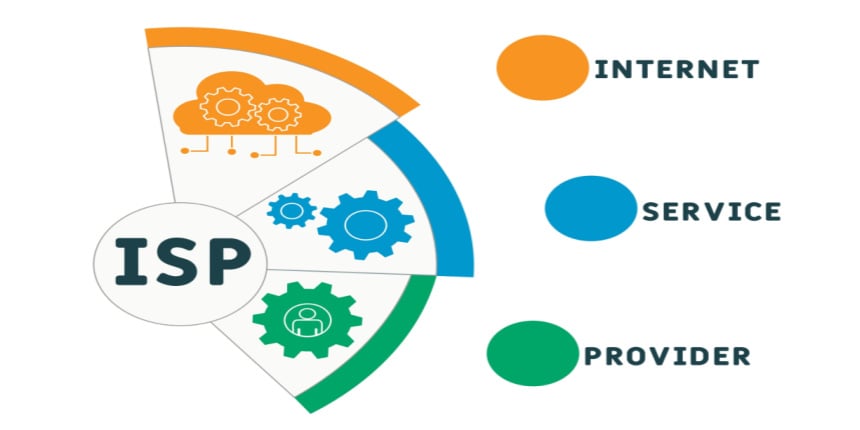ISP Full Form
What is the full form of ISP ?
The Internet Service Provider (ISP) is a company capable of providing access to the Internet via a computer. ISP is an abbreviation for "internet service provider. Your ISP makes the Internet a possibility. In other words, you can have a shiny computer with a built-in modem and a router for networking, but with a subscription to an ISP, you will have a connection to the Internet.
- What is the full form of ISP ?
- Type of ISP
- Level of ISP

The ISP is usually a cable company, which can provide a TV subscription, but also provides an Internet subscription. ISPs can offer either cable TV or only high-speed Internet, or both. From your Internet gateway and everything else, you can do it online. When your connection is set up and active, you can send an email, shop, do research, and more. The ISP is the link or conduit between your computer and all the other "servers" on the Internet. You may feel like you're talking to your mom directly via email, but it's more "indirect." Your email travels from your computer to the ISP computer/server, then is routed through other servers on the network to its destination.
Type of ISP
In the 1990s, there were three types of ISPs available on the market:
Dial-up services,
High-speed Internet (also called "broadband") is offered by cable companies, and
DSL (digital line subscribers) are provided by phone companies.
Until 2013, dial-up services were rare (even though they were affordable) because they were too slow, and other ISP options were usually readily available and much faster.
Level of ISP
An Internet Service Provider (ISP) is a company that provides an Internet connection to a final user, but there are three levels of ISPs. There are three levels of Internet Service Providers (ISPs):
Tier-1 ISP,
Tier-2 ISP and
Tier-3 ISP.
These are explained as follows:
Tier-1 ISPs – These ISPs have global reach and do not charge for any internet traffic on their network, instead allowing lower-tier ISPs to route their traffic from one geographic location to another. One has to pay a cost to move in, which is not covered. Access to that ISP. In general, ISPs on the same level connect to each other and provide free traffic to users.
Tier-2 ISPs - These ISPs are service providers that bridge Tier-1 and Tier-3 ISPs. They have a regional, or a particular country's, reach, and they treat all users who live in that region.
Tier-3 ISP - These ISPs are the same as Tier-1 ISPs in that they are closest to the end users and help them connect to the internet by demanding some money and providing several types of plans. These ISPs work on a purchase model.
